In a world that seems to be filled with wheat, oats, and barley, finding the perfect gluten free cereal can feel like a treasure hunt. But I’ve got the map to guide you through choosing the best celiac safe cereal.
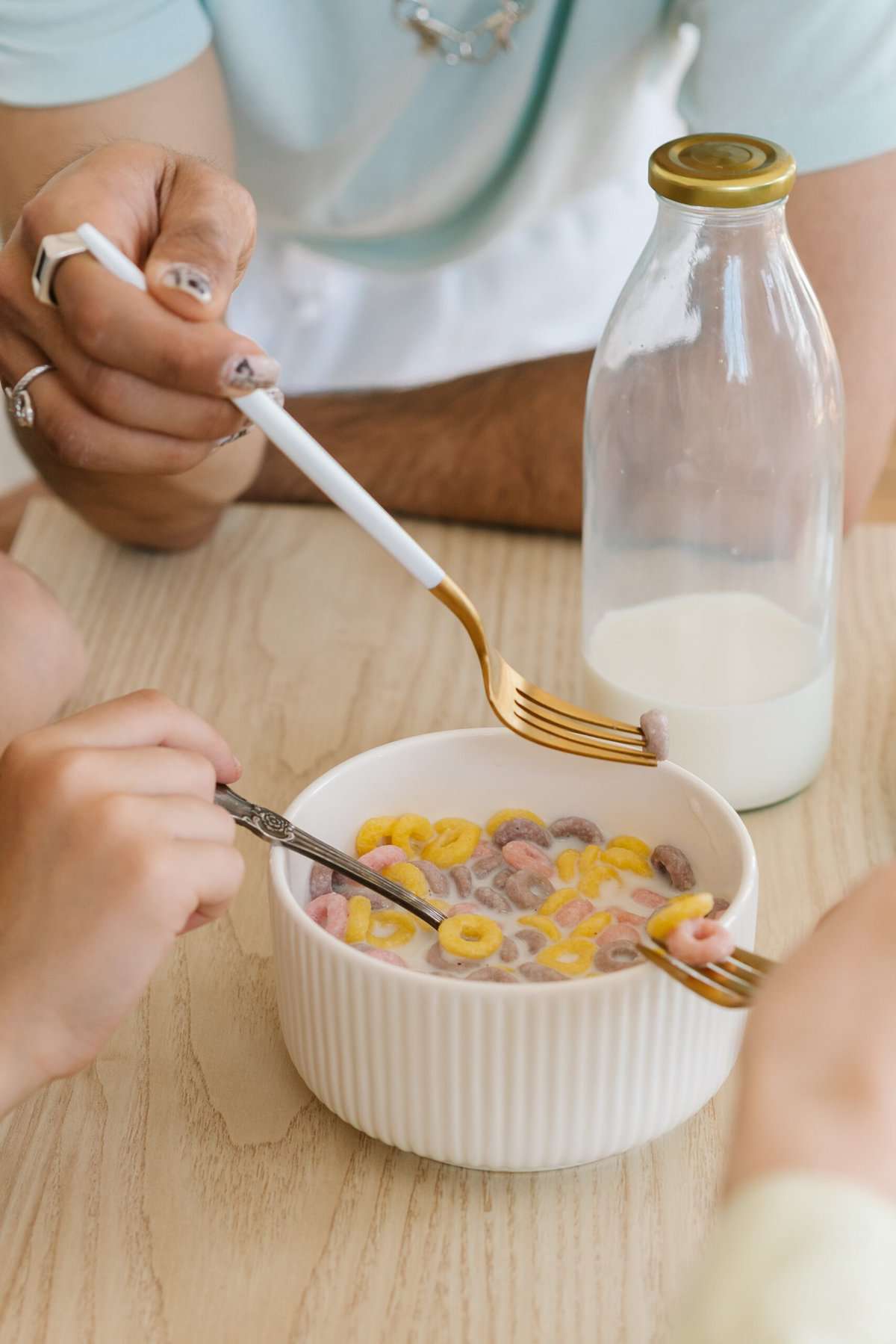
A pantry stocked with gluten-free goodness that not only caters to your dietary needs, but delivers a variety of your favorite textures and flavors is crucial to those with a gluten sensitivity or gluten allergies.
When I was diagnosed with celiac disease many years ago, I discovered that living a gluten-free lifestyle does NOT have to be about restrictions. From delicious gluten-free crescent rolls to the best gluten-free mac and cheese, the celiac friendly world is pretty much endless these days!
What grains are gluten-free?
Gluten free grains open up a ton of different recipes and food options for those with dietary restrictions. Some of the most common gluten-free grains include rice, quinoa, millet, and corn. In cereals, you’ll commonly see rice flour, corn flour, gluten-free oats, and sourgum listed in the ingredients.
What grains are not gluten-free?
Gluten-containing grains are normally derived from wheat, barley, or rye. When considering cereals, it’s important to be aware of common ingredients like wheat flour, malt flavoring, barley malt, and rye flour. Cross contamination is also something to consider when looking for gluten-free cereals. It’s best to opt for options that have the gluten-free certification.
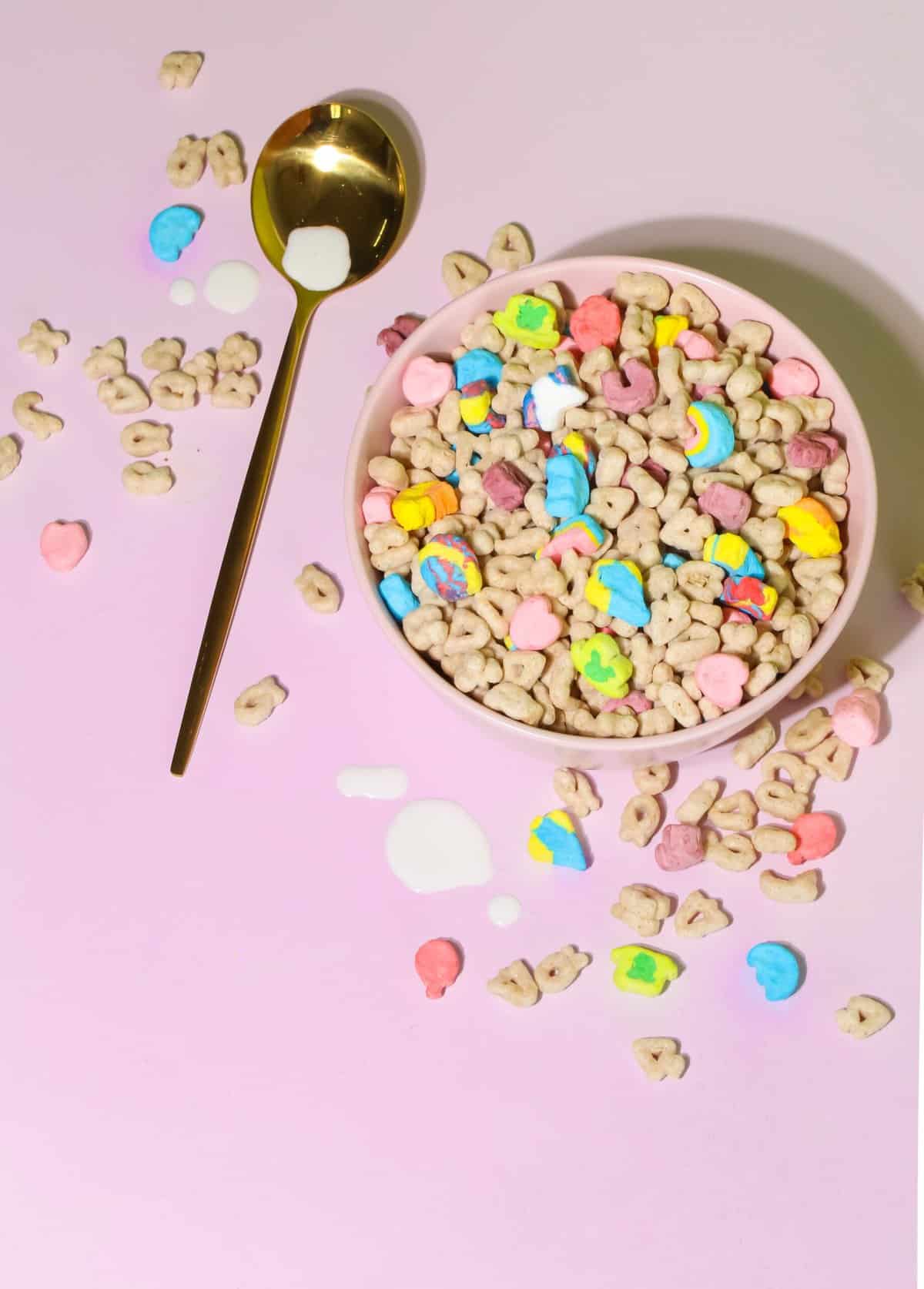
How can you tell if a cereal is gluten-free?
Sometimes brands will make it very easy to tell if a cereal is gluten-free by placing a large gluten-free label on the package. Other times, you have to look a little closer at the ingredient list. Here is the best way to check if the classic breakfast cereals are gf…
- A gluten-free label – Some companies, like General Mills, will make it super easy for those shopping for gluten-free breakfast cereals by adding a large “Gluten-free” logo on the box. If you see one of these, the great news is that product is safe for those with celiac disease.
- The ingredients list – If you don’t see a gluten-free label, you can always check the ingredients list for gluten-containing ingredients. If you don’t see any barley, wheat starch, rye, or other gluten-containing grains, it’s probably safe to eat. However, you will also want to check if the product was made in a dedicated gluten-free facility.
- A quick google search – If you’re still unsure about about whether or not a cereal is gluten-free, you can do a quick search online to find out. Googling if the brand and cereal is gluten-free should get you an answer fairly quickly. There are also tons of apps you can use that will tell you if a product is gluten-free.
What cereals are actually gluten-free?
Cereals made from rice, corn, quinoa, gluten-free oats, and other gluten-free grains are naturally gluten-free. There are tons of options on the market but here are a few of my favorite kinds…
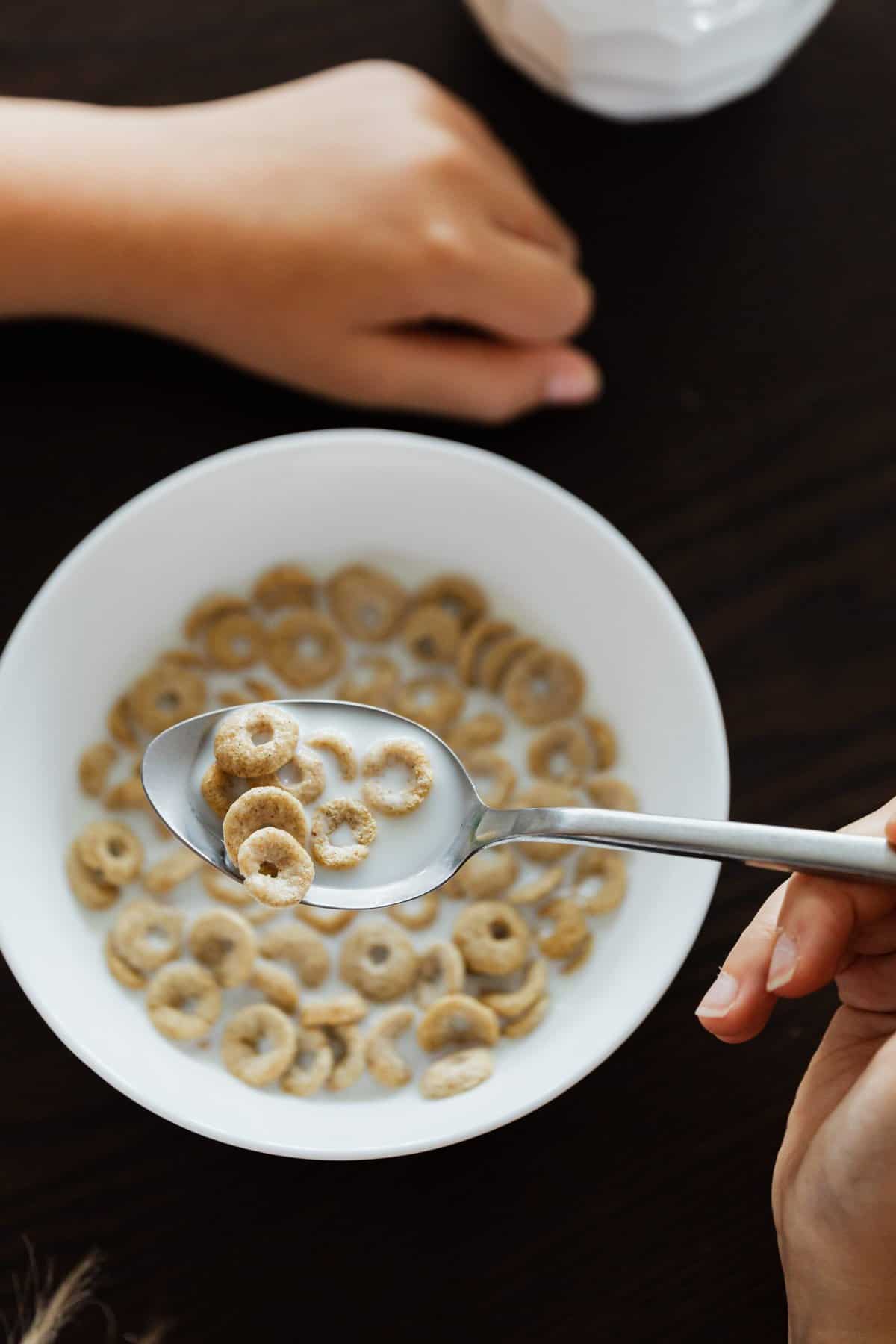
You can also learn more about the store bought gluten free pretzels and gluten free tortillas we recommend. Plus, store bought gluten free chips, gluten free crackers, gluten free candy and gluten free Halloween candy we prefer.
Healthier cereal options
While I can’t guarantee that these provide the most nutritious breakfast, they do have less added sugar and more grams of fiber compared to their mainstream counterparts. Plus, most of these gluten-free options can be found at local grocery stores.
- Honey Nut Cheerios
- Apple Cinnamon Cheerios
- Classic Cheerios
- Nature’s Path Organic Cereals
- Catalina Crunch
- Purely Elizabeth Cereal and Gluten-Free Granola
- Barbara’s Honey Rice Puffins
- Barbara’s Organic Brown Rice Crisps Cereal
- Annie’s Cocoa Bunnies
- Kind Oats and Honey Clusters
- Van’s Cinnamon Heaven
- Three Wishes Cereal
Popular cereal options
A gluten-free diet does not mean saying goodbye to all the cereals that sparkled nostalgia in your childhood. Here’s a lineup of some of the most popular cereal brands that carry the certified gluten-free badge.
- Rice Chex (any variety)
- Corn Chex (any variety)
- Fruity pebbles
- Cocoa pebbles
- Original lucky charms
- Rice Krispies (only certain brands are gluten-free)
Other cereals
- Magic spoon
- Bob’s Red Mill Muesli Mix (I love making Bircher Muesli for breakfast!)
- Bob’s Red Mill Gluten Free Oat Bran
- Bob’s Red Mill Gluten-Free Oatmeal (Goes great in these gluten-free oatmeal raisin cookies.)
- Erewhon Crispy Brown Rice Cereal
- Cascadian Farm Gluten-Free Brownie Crunch Cereals
Cereals to avoid
While you have to decide what cereals to avoid based on your level of gluten intolerance, these are a few cereals that may contain gluten or do contain gluten.
- Corn flakes (most brands as they usually contain barley malt, there are a few brands that are ok though)
- Special K
- Frosted flakes (most brands)
- Wheat Chex
- Cheerios Oat Crunch
- Kellogg’s Rice Krispies
- Kellogg’s Corn Puffs
- Cinnamon Toast Crunch
Long Story Short
Say goodbye to gluten worries by keeping this handy list in your back pocket. Next time you venture into your local grocery store, you’re armed with the knowledge of gluten-free breakfast options.
And keep in mind that cereal can be used to make Rice Krispie treats, these No Bake Gluten Free Christmas Cookies, homemade Chex mix, sprinkled on yogurt, etc. No need to limit yourself to the classic bowl of skim milk and cereal.
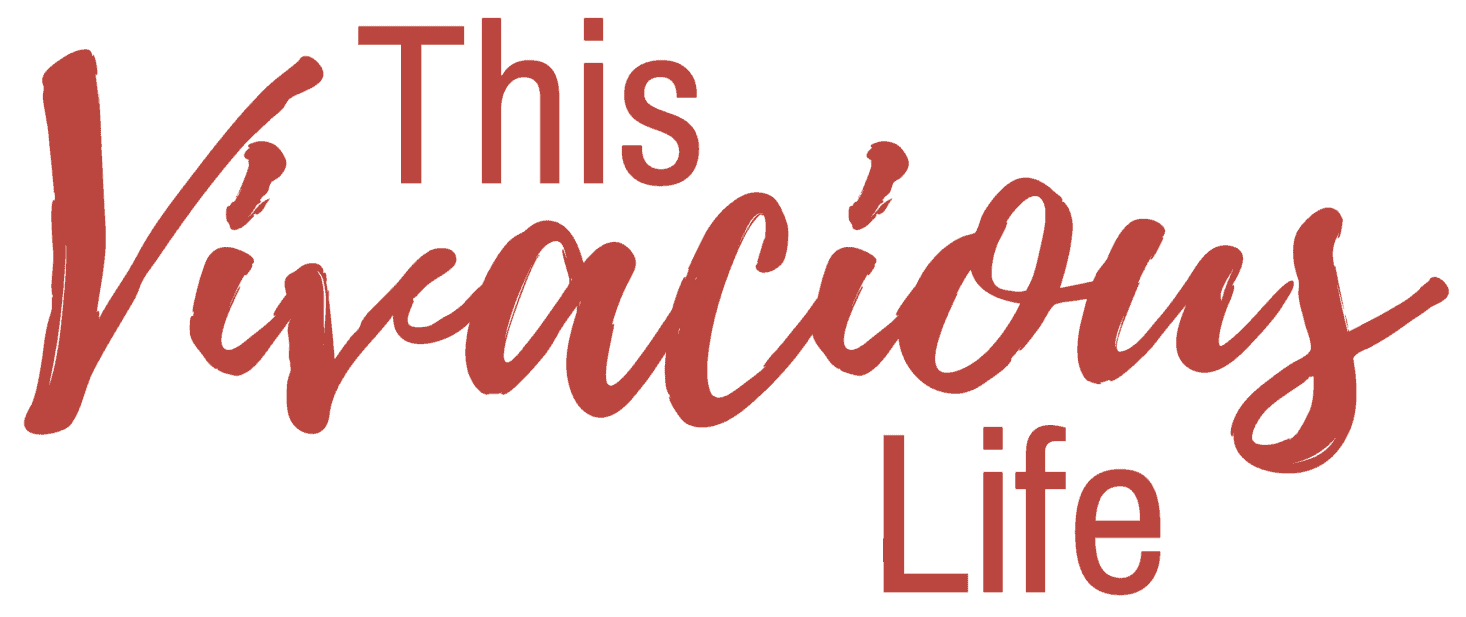

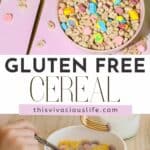

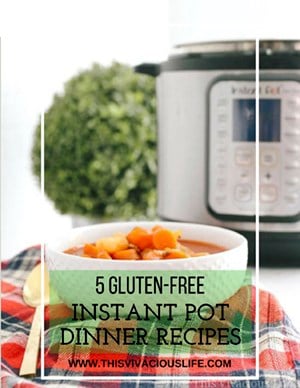

Wendy says
It should be noted that Lucky Charms and Cheerios are not considered to be safe for people with Celiac because of their high risk of cross contamination due to their oat sorting processes.
Chandice says
They are endorsed by the celiac disease foundation and are also labeled gluten free meaning they meet the 20 ppm requirements for that label.